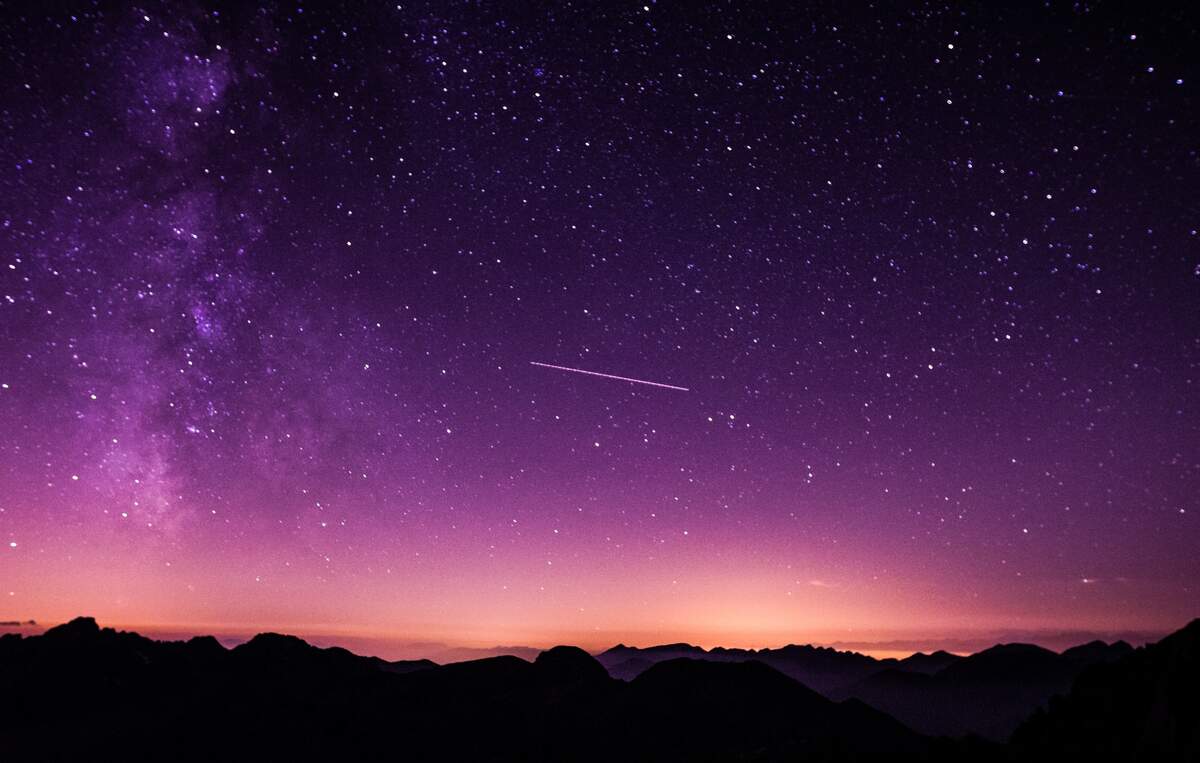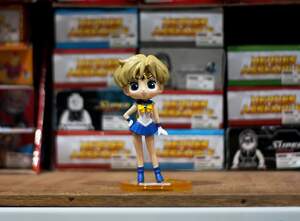

International Asteroid Day
Also known as
Asteroid Day
Observed
annually on June 30th (since 2015)
Dates
Founded by
Brian May on December 3rd, 2014
Danica Remy on December 3rd, 2014
Grig Richters on December 3rd, 2014
Rusty Schweickart on December 3rd, 2014
United Nations General Assembly (UNGA) on December 6th, 2016
Tags
Awareness & Advocacy
School & Education
Science & Technology
Hashtags
Sources
Asteroid Day, or International Asteroid Day, as it was sanctioned by the United Nations, is a day of awareness that inspires, engages, and educates the public about the importance of asteroids and the risks they pose to Earth. It was founded by astrophysicist and Queen guitarist Dr. Brian May, Apollo 9 astronaut Rusty Schweickart, B612 Foundation President Danica Remy, and filmmaker Grig Richters. On December 3, 2014, a joint press conference was held in London and San Francisco to launch Asteroid Day. At it, a petition from the "asteroid community," the 100x Declaration, was read and released to the public, to gather support for asteroid education and call on governments to accelerate funding of asteroid discovery programs. Hundreds of leaders in science, technology, and science have since signed it, including more than 125 astronauts.
Asteroid Day takes place on June 30th because it was on that date in 1908 that the largest asteroid impact ever recorded took place, the Tunguska asteroid in Siberia, Russia, which destroyed a forest about the size of a city. The Asteroid Foundation, created in 2017, is behind the day and each year they organize an Asteroid Day live broadcast with content and commentary about asteroids from experts, astronauts, and celebrities. Thousands of Asteroid Day events are organized independently around the world by museums, universities, space agencies, clubs, and educators. Lectures, short story contests, and concerts are just a few examples of events that have been organized for the day. In 2016, the United Nations General Assembly adopted a resolution declaring the day as International Asteroid Day. Their decision to do so was based on a proposal by the Association of Space Explorers, which had been endorsed by the Committee on the Peaceful Uses of Outer Space.
At the time of Asteroid Day's creation, it was believed there were about a million asteroids or comets that pass close to Earth's orbit—known as Near-Earth Objects (NEOs)—which have a diameter of at least 70 meters, about the size of the Tunguska asteroid, and could have a serious impact on Earth. Of these million NEOs, only about 10,000 of them have been discovered. This is why one of the goals of the 100x Declaration is to increase the rate of asteroid discovery. It is believed that asteroids big enough to cause tsunamis or destroy a city hit Earth every 1,000 to 10,000 years, and according to NASA, asteroids over a quarter-mile wide, which are large enough to raise dust into the atmosphere to cause a global agricultural disaster known as nuclear winter, only strike Earth every 1,000 centuries.
Asteroids can be observed with radar, and in the event, a large asteroid is going to hit Earth and cause extensive damage, NASA has a Planetary Defense Coordination Office (PDCO) to try to stop it. They could deploy a kinetic impactor, a spacecraft that would slam into the asteroid and change its orbit, or a gravity tractor, a spacecraft that would stay close to the asteroid for a period of time, using its gravity to change the asteroid's path. PDCO would also consult with FEMA and the White House.
The name "asteroid" was brought into the planetary lexicon in 1802 by William Herschel. Asteroids revolve around the sun in an elliptical orbit. They aren't big enough to be called planets but can be called planetoids or minor planets. They may be as small as a few feet in diameter, or as large as a few hundred miles. The largest, Ceres, is 583 miles in diameter and is also considered to be a dwarf planet. The main belt, where most asteroids are located, is a ring between the orbits of Mars and Jupiter.
Asteroids are broken into three main classes of composition. C-type, or carbonaceous asteroids, are the most common, comprising more than 75% of asteroids. They are found in the outer regions of the main belt, are grayish in color, and likely are made up of clay and silicate rocks. S-type, or silicaceous asteroids, make up about 17% of known asteroids. They are found in the inner asteroid belt, are greenish to reddish, and likely are made up of silicate materials and nickel-iron. M-type, or metallic asteroids, make up most of the rest of the asteroids. They are found in the middle region of the main belt, are reddish, and likely are made of nickel-iron. On Asteroid Day, more is learned about all these asteroids, and those that pose a threat to Earth are particularly focused on.
How to Observe International Asteroid Day
Some ideas of how you could spend the day are:
- Read and sign the 100x Declaration.
- Host an Asteroid Day event or find an event to attend. Watch Asteroid Day Live on Asteroid Day TV.
- Support Asteroid Day with a donation.
- Check for recent news about the day.
- Visit the Goldstone Deep Space Communications Complex, A NASA location where asteroids are detected with radar.
- Read a book about asteroids.





















